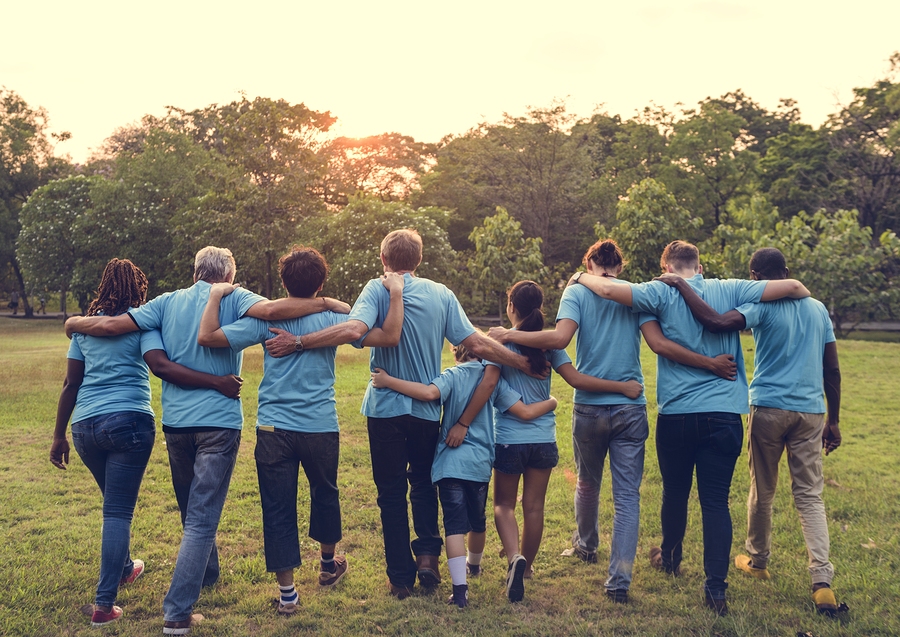What is social wellness?
While retweets and mentions can be validating, it certainly isn’t how many friends, followers, or likes you have on social media platforms like Facebook, Twitter, and Instagram. Even though social media can close the social gap between two people who live on opposite sides of the world, it is not how we define wellness.
When I think of social wellness, what comes to mind are real, in-person interactions that build relationships and friendships.
Social media can fill in for one-on-one socialization if used correctly (and sparingly), yet more often than not, it fosters a false sense of connection. Why is this important? Across the U.S., one out of four people do not feel they can share a personal problem with any of their friends. It’s not just loneliness and hurt feelings we’re dealing with—social isolation is worse for your health than smoking and obesity, according to a recent study conducted at Brigham Young University. On the other hand, when you are socially healthy, your psychological and physical health benefit immensely. Among the perks you can count on through social wellness are increased immunity, improved recovery from disease, and overall longevity of life.
The health benefits of connection are directly linked to your empathic ability, too. The reason that social media is often a poor substitute for face-to-face social interaction is that it does not allow us to use our mirror neurons. These brain cells, which fire both when we experience something and when we see someone experience the same thing, allow us to literally feel what someone else feels, at least on the inside. Compassion, then, is a natural response—we want to be kind to ourselves when we hurt, so we show kindness to those who are hurting. However, when it comes to giving gifts, a common form of social interaction, you might notice something strange.
For many of us, the give-and-take cycle of gift-giving can be problematic. Some enjoy giving but find receiving uncomfortable. Think of the last time you received a gift: what was your physical response? Did you fidget or squirm in your chair? How was your breathing? Was it shallow and pinched off, reaching only just below the breastbone, or was it full and uninterrupted, reaching deep into your back?
Why Moving Well Matters
To the uninitiated, somatic education can seem like a purely physical endeavor. From the outside, it looks like a way to reduce joint pain or aid the muscles. While these are certainly true statements, they are not the whole truth. Somatic practitioners don’t just improve the bodies of those they teach—their instruction impacts a person’s entire being. An underlying principle of somatic education is understanding the physiological relationship between emotion and movement. Beneath the surface of human behavior lies an unconscious sensory-motor experience. By tapping into the whole person, somatic intervention is able to promote self-esteem and learning skills–essentials to social wellness. The somatic practitioner points their clients toward greater transparency between movement and emotional connection.
As Dr. Feldenkrais said, “[w]hat I am after isn’t flexible bodies, but flexible brains. What I am after is to restore each person to their human dignity.” It’s that human dignity, that human touch, that is missing from online interaction. Without a body to reference, the give-and-take often loses balance and falls flat.

